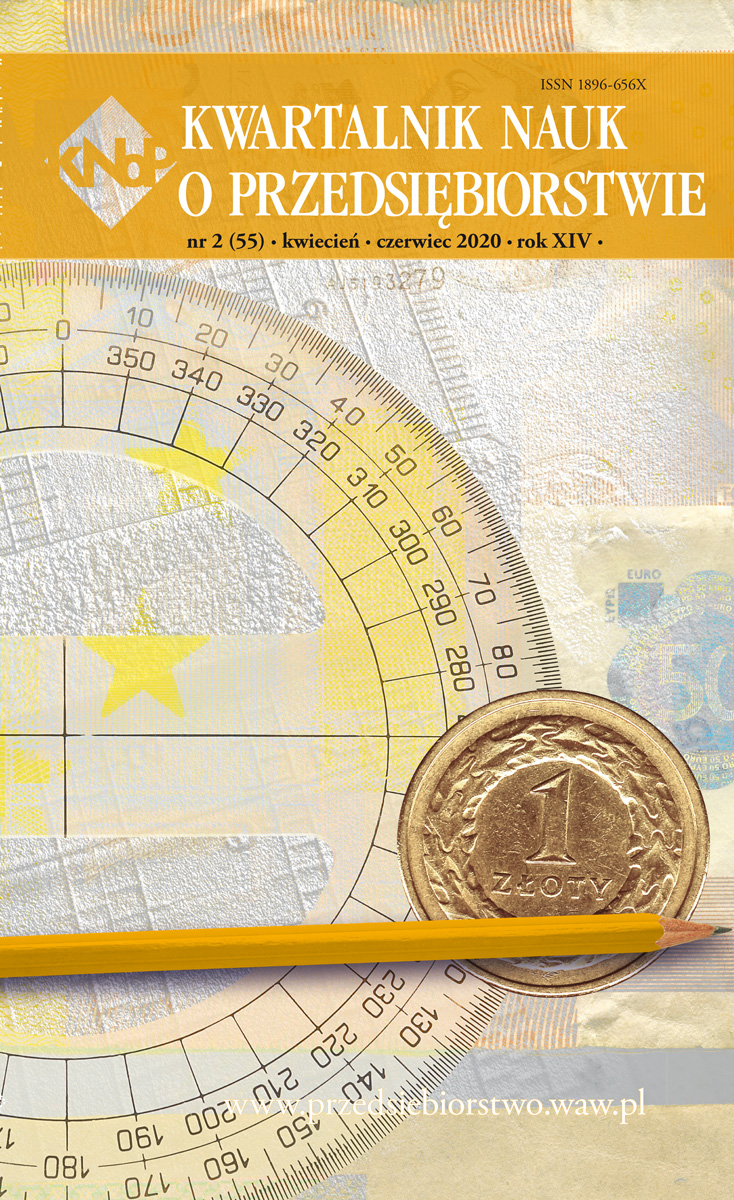Pandemic: practical reactions and theoretical questions
Main Article Content
Abstract
Already before the pandemic, the world has been facing many challenges. COVID-19 made the situation more complicated, deepening the structural economic
crisis. The blocking of economic activities, justified by medical reasons, results in an economic recession and an accompanying increase in unemployment, as well as loosening
of monetary policy and the need for additional public expenditure. A part of this spending is necessary for social reasons and to save and support the business; a part is being
swindled and misdirected or wasted. Budget deficits and public debt are increasing on a massive scale, which leads to moving away from austerity measures. Unusual perturbations,
both in the real economy and in finance, pose new questions which orthodox economic thought often fails to answer. When the pandemic is over, not only will the
economic policy search for ways to return to growth, but also the theory will formulate new thoughts.
Downloads
Article Details
The author of the article declares that the submitted article does not infringe the copyrights of third parties. The author agrees to subject the article to the review procedure and to make editorial changes. The author transfers, free of charge, to SGH Publishing House the author's economic rights to the work in the fields of exploitation listed in the Article 50 of the Act of 4 February 1994 on Copyright and Related Rights – provided that the work has been accepted for publication and published.
SGH Publishing House holds economic copyrights to all content of the journal. Placing the text of the article in a repository, on the author's home page or on any other page is allowed as long as it does not involve obtaining economic benefits, and the text will be provided with source information (including the title, year, number and internet address of the journal).
References
2. Ashworth J. (2020), Quantitative Easing, Agenda Publishing, Newcastle.
3. Baun M.J. (2019), An Imperfect Union: The Maastricht Treaty and the New Politics of European Integration, Routledge, New York.
4. EU (2020), European Economic Forecast, “Institutional Paper” 125, May, European Commission, Brussels https://ec.europa.eu/info/sites/info/files/economy-finance/ip125_en.pdf; dostęp 15.05.2020.
5. Foster J., Bellamy J., McCheseny R.W. (2014), The Endless Crisis. How Monopoly-Finance Capital Produces Stagnation and Upheaval from the USA to China, Monthly Review Press, New York.
6. Frydman R., Phelps E.S. (2020), Beating the Coronavirus Is the Best Stimulus. Directing businesses to fight the pandemic would help workers more than an infrastructure splurge, “The Wall Street Journal”,
7 April https://www.wsj.com/articles/beating-the-coronavirus-is-the-best-stimulus-11586214481; dostęp 07.04.2020.
7. Kolodko G.W. (2020), After the Calamity: Economics and Politics of the Post-Pandemic World, “Polish Sociological Review”, No. 2(206).
8. Kolodko G.W., Postula M. (2018), Determinants and Implications of the Eurozone Enlargement, “Acta Oeconomica”, Vol. 68(4), p. 477-498.
9. McLean B., Nocera J. (2010), All The Devils Are Here: The Hidden History of the Financial Crisis, Portfolio, New York.
10. OECD (2020), The world economy on a tightrope, “OECD Economic Outlook”, June, Organization for Economic Cooperation and Development, Paris, http://www.oecd.org/economic-outlook/june-2020/; dostęp 12.06.2020.
11. Nowak-Far A. (2007), Pakt stabilności i wzrostu, C. H. Beck, Warszawa.
12. Schaechter A., Tidiane Kinda, Nina Budina i Anke Weber (2012), Fiscal Rules in Response to the Crisis – Toward the “Next-Generation” Rules. A New Dataset, “IMF Working Paper”, WP/12/187, International Monetary Fund, Washington, D.C.

